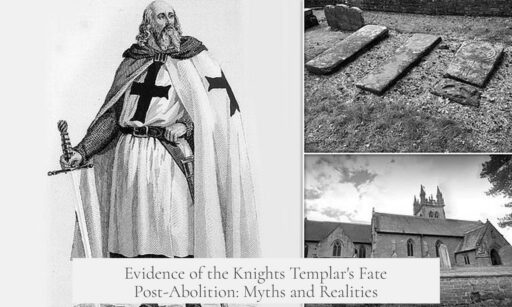There is no verified historical evidence that the Knights Templar continued as an organization after their official abolition in 1312. After the papal suppression by Pope Clement V, the surviving members were dispersed to other monastic houses. The trials and executions severely dismantled the order’s structure.
One notable development occurred in Portugal. The crown seized Templar properties, but instead of a direct continuation, King Dinis I founded the Order of Christ in 1319. This new order inherited some former Templar lands and a few members. However, it operated under royal control and lacked the Templars’ previous exemption from local authorities.This makes the Order of Christ a distinct entity rather than a direct survival of the Templars.
Claims of Templars escaping to Scotland and merging with the Hospitallers lack credible support. Robert the Bruce, who ruled Scotland during and after the Wars of Scottish Independence, was unlikely to welcome former Templars. The Templars had supported Edward I, Bruce’s adversary, and the king needed the pope’s favor. Supporting ex-Templars risked religious and diplomatic complications.
If the Templars had survived the suppression, historians speculate they would have faced one of two likely paths. First, they might have demilitarized, similar to the Order of St Lazarus, which shifted focus after losing the Crusader states. Alternatively, they might have secularized as some Iberian military orders did, transitioning toward more political and less monastic roles.
| Aspect | Historical Facts | Speculation/Myth |
|---|---|---|
| Post-1312 Existence | No evidence of continuing Templar organization | Survival in secret or underground orders |
| Successor Orders | Order of Christ in Portugal; separate and crown-controlled | Order of Christ as direct continuation |
| Scotland Connection | No historical records; political opposition likely | Templar refuge and unification with Hospitallers |
| Possible Order Evolution | Demilitarization or secularization if survived | Continuation as military monastic order |
- No verified continuation of the Knights Templar after 1312 exists.
- Portugal founded the Order of Christ using former Templar resources, but it was a distinct entity.
- Stories of Templar survival in Scotland and elsewhere remain unsubstantiated fiction.
- Had they survived, the Templars likely would have changed their nature significantly.
Is There Any Historical Evidence That the Knights Templar Continued After Their Abolition?
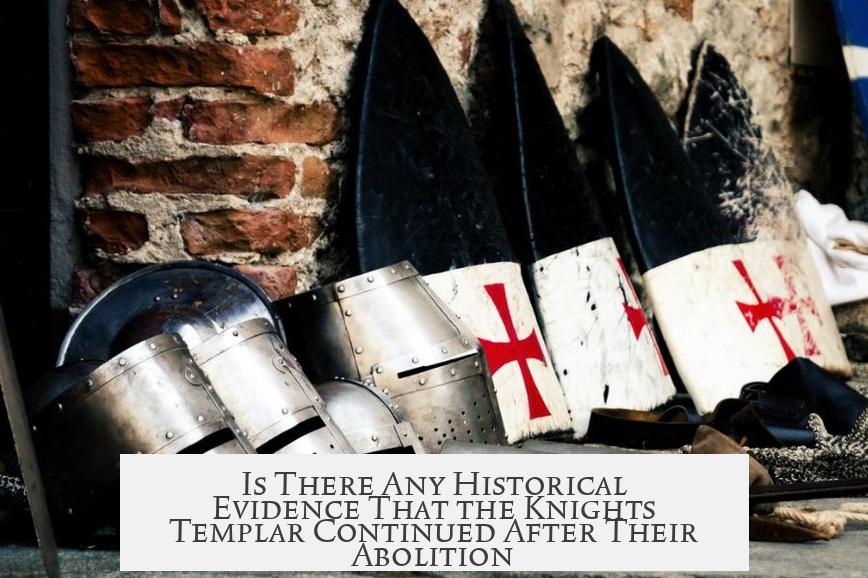
When you hear tales about the Knights Templar, it often conjures images of secretive cabals, hidden treasures, and maybe even a conspiracy or two. The big question is: did the Knights Templar continue to exist after their official abolition in 1312? Spoiler alert: the real history presents a very different, less cloak-and-dagger story.
Let’s unpack the facts, put the myths on trial, and explore what actually happened to this iconic medieval order.
The End of the Line: No Evidence Beyond 1312
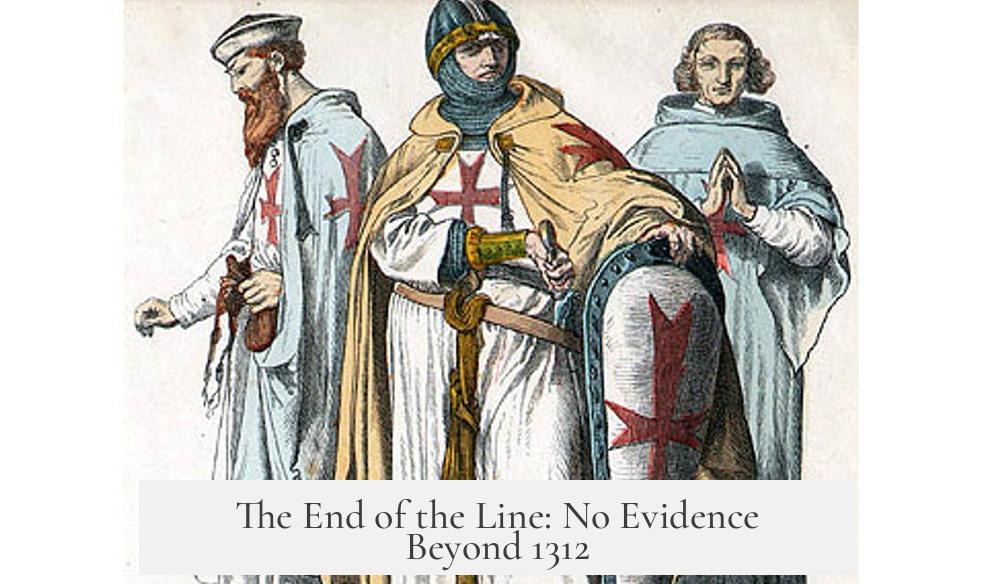
Historical records show this clearly: there is no solid evidence that the Knights Templar continued functioning as an independent organisation after Pope Clement V officially dissolved the order in 1312. Those who survived the brutal trials didn’t vanish into secret tunnels or form underground lodges—they were mostly sent to other monastic communities where they quietly lived out their days.
The order’s infrastructure, lands, and assets were seized or redistributed. So, if you were hoping for a secret squad of Templars gallivanting around Europe post-1312, history is pretty clear that they just didn’t exist in that form.
The Portuguese Twist—Meet the Order of Christ
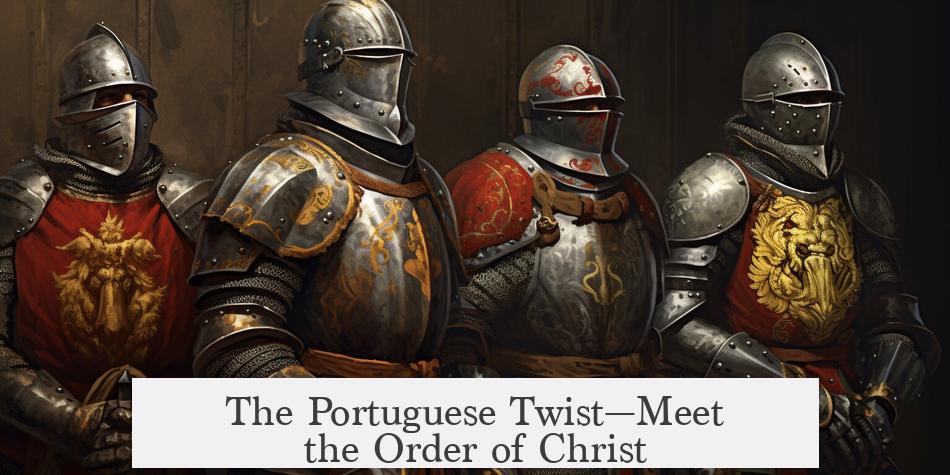
Here’s where the story gets interesting. Portugal, ever the maverick, handled the Templar dissolution a bit differently. The Portuguese branch of the Templars escaped the worst of the persecution. Although arrested and dispossessed, these knights were not put on trial like their counterparts elsewhere.
King Dinis I stepped in and, in 1319, founded the Order of Christ, using the confiscated Templar lands. This new order inherited several Templar members, including the former master of the Portuguese Templars, who finished his career commanding the Order’s eastern border preceptory, Montalvão.
Here’s a crucial point: despite this continuity of personnel and property, the Order of Christ was a fundamentally different organisation. Unlike the Templars, who answered directly to the Pope and operated as an exempt religious order, the Order of Christ was firmly under the Portuguese Crown’s control. Some historians argue that this order served more as a political and military tool for Portugal rather than a genuine survival of the Templar spirit.
So, the Portuguese saga is not so much a continuation of the original Templars as a reinvention or repurposing, cloaked in familiar symbols and staffed by former members.
Legends vs. Reality: The Scots Connection That Doesn’t Add Up
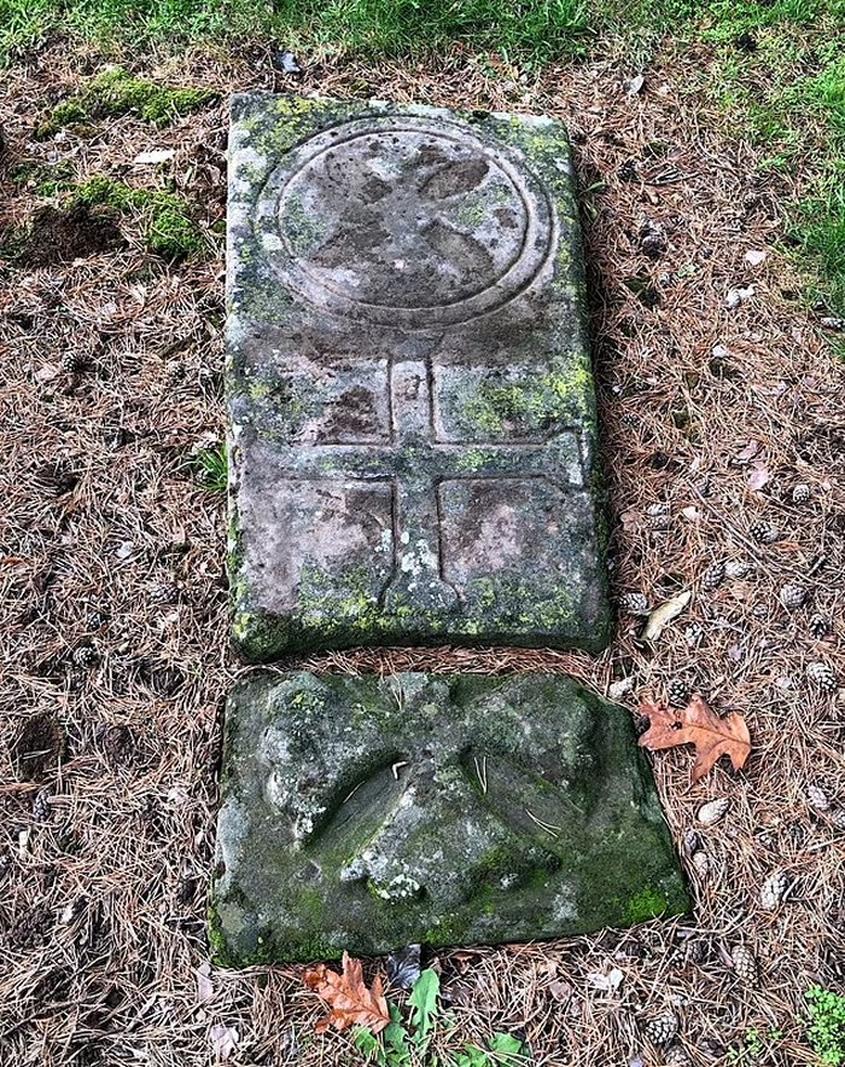
Plenty of myths toss around the idea that the Templars fled to Scotland, where Robert the Bruce allegedly welcomed them with open arms. The story goes that these fugitive knights merged with the Scottish branch of the Hospitallers, keeping their order alive underground.
Here’s where the historical scales tip sharply into fiction:
- Robert the Bruce was politically savvy and had no reason to welcome an order that had sided with his enemy, Edward I, during the Wars of Scottish Independence.
- He risked alienating his powerful French allies, who had helped topple the Templars, by sheltering them.
- The pope had already excommunicated Robert, and he relied heavily on papal legitimacy—associating with a disgraced and heresy-trialed order would’ve been political suicide.
In short, despite its allure in novels and movies, there is absolutely no historical record supporting the idea that escaped Templars found refuge in Scotland after 1312. The legend is fun but purely speculative.
What Might Have Happened if the Order Had Survived?
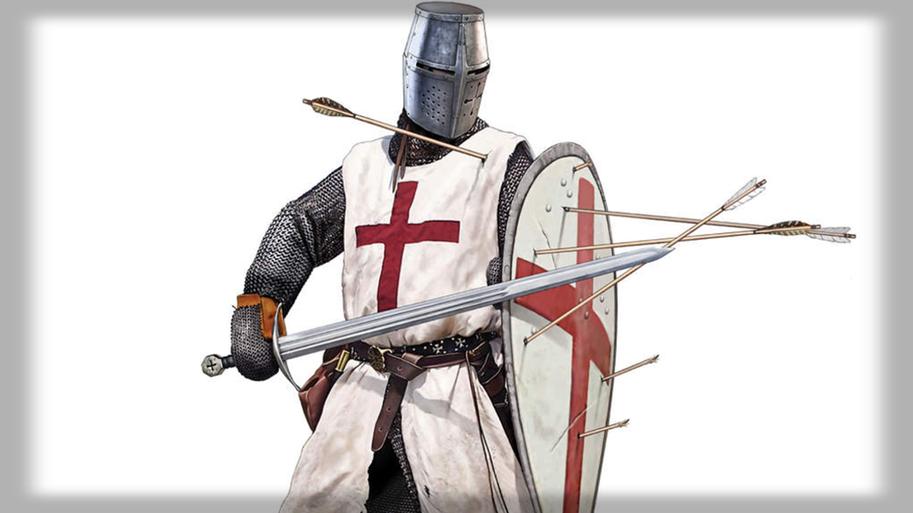
Imagine if the Templar order dodged extinction—what would their future have looked like? Scholars suggest that the order had two likely evolutionary paths:
- Demilitarisation: Like the Orders of Saint Lazarus and the Hospital of Saint Thomas of Acre, the Templars might have gradually shed their military role, focusing on hospitaller and charitable work.
- Secularisation: They could have become more secular, akin to the Iberian military orders of Santiago or Calatrava, shifting their focus to territorial governance rather than crusading.
Both paths mark a departure from the original, battle-focused Templar identity. The loss of the Latin East in 1291 forced many orders to rethink their missions. The Templars’ trial and abolition accelerated this forced transformation or, rather, complete disbandment.
Why Do These Myths Stick Around?
The mystery around the Templars is irresistibly seductive. Secret societies, hidden treasures, and ancient conspiracies capture the imagination much better than dry historical facts. Plus, the Order’s dramatic downfall—fueled by accusations of heresy, secret rituals, and political intrigue—offers fertile ground for pseudo-histories.
Thanks to these legends, we get plenty of stories claiming Templar survival through centuries, but history demands evidence, not speculation.
Final Thoughts
So, is there evidence that the Knights Templar continued after their abolition? No; they cease as a formal order following their suppression in 1312. Some personnel and assets lived on under new banners, especially in Portugal with the Order of Christ. But this was a new, distinct organisation, shaped by political realities rather than the original Templar mission.
Stories of secret Templars in Scotland or elsewhere are just that—stories. Though captivating, they have no basis in the historical record.
If you’re ever tempted by tales of Templar survival, ask yourself: what’s the evidence? History may lack a hidden treasure map, but it offers richer truths about how organisations evolve, end, or get repurposed.
Want to Dig Deeper?
- Check out Clive Porro’s analysis in The Debate on the Trial of the Templars (1307-1314) for a nuanced look at the Portuguese context.
- José Valente’s The New Frontier offers insight into the Templars’ role in Portugal’s rise as an independent kingdom.
Both provide grounded, scholarly perspectives that cut through the myths and bring clarity to the Templar legacy.
